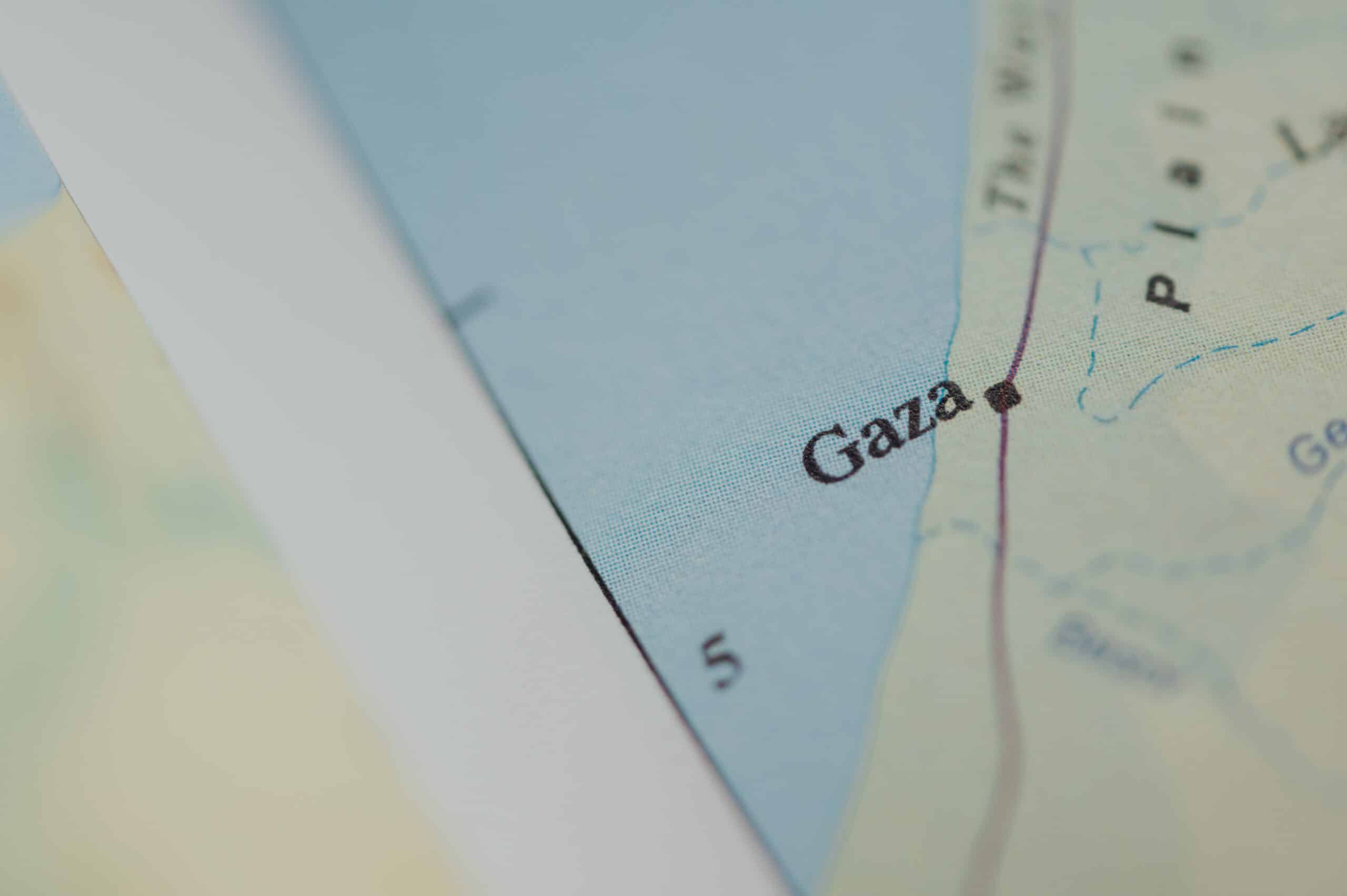Israel launches ground invasion of the Gaza Strip
UN Secretary-General is “horrified” after Israeli airstrikes hit an ambulance delivering critical aid to Gaza.
On October 28, the Israeli Defense Forces initiated a ground invasion of Gaza, further exacerbating the crisis in Palestine.
The ground invasion began after weeks of bombardment in the Gaza Strip. An enforced communications blackout was also in effect within the entire Gaza Strip shortly before the invasion. So far, Israeli Prime Minister Benjamin Netanyahu has categorically refused a humanitarian ceasefire until Hamas agrees to free its hostages following the strike on October 7.
On October 31, Israeli airstrikes hit Jabalia refugee camp, Gaza’s largest refugee camp, killing at least 50 civilians. Many civilians are currently living in these camps after displacements caused by Israel’s continuous airstrikes.
On November 4, another strike hit an ambulance convoy delivering critical aid to one of the hospitals in the area. UN Secretary-General António Guterres stated he was “horrified” by images of “bodies strewn on the street.” Six days later, Israel launched both a ground and air assault on al-Shifa Hospital, which had been Gaza’s largest hospital, due to their claims that Hamas was using the hospital as a fortified base. As of November 13, fighting near the hospital remains ongoing.
On November 9, the White House announced Israel agreed to pause military operations in Gaza for four hours a day, but there was no sign of any let-up. Netanyahu said on Fox News that specific locations will be given a few hours of stoppage but there were no reports in northern Gaza of this pause.
According to the UN, a humanitarian ceasefire is the only way to relieve the humanitarian crisis that Gaza residents are currently experiencing. The strikes on refugee camps and hospitals have caused civilians to feel unsafe and exposed in all areas of Gaza. According to UNICEF, more than 1.4 million people in Gaza face severe shortages of food, water, and medicine.
Leaked on October 30, a document made by Israeli intelligence, raised concerns over the conditions of Palestinians in Gaza. The document called for the expulsion of the civilian population of Gaza into the Sinai Peninsula. An Israeli minister confirmed the validity of the paper by asserting that the war represented the “Gaza Nakba”—a reference to the violent displacements of Palestinians that followed the 1948 Arab-Israeli War.
In response to these fears, Egypt rejected any humanitarian corridors that terminate in its territory due to the possibility that Hamas may use these corridors to carry out an ethnic cleansing of the region. Egypt’s reluctance to open its borders to these corridors has hampered relief efforts. However, Egypt has recently allowed passage for foreign nationals through its Rafah border crossing along with limited amounts of humanitarian aid.
Shortly after the ground invasion of Gaza, Houthi rebels from Yemen launched missiles and drones at Israeli positions. In addition, Hezbollah forces in Lebanon have engaged in various clashes along the border between Israel and Lebanon, with its latest attack wounding 17 people, including seven Israeli troops. The events signalled the possibility for other powers, notably Iran, to intervene in the war.
In response, there have been concerted efforts to stabilize the situation. US Secretary of State Anthony Blinken wrapped up a tour over the Middle East to try and find common ground between the combatants. However, the attempts by Blinken to salvage a consensus have failed, mainly due to the uncertainty over what a post-war Gaza would look like. Concerns about Israeli war crimes have also put a wedge between Israel and other Arab states.
As of November 13, according to the UN, data from Gaza’s Ministry of Health indicate at least 11,078 deaths and 27,490 injuries, with 1.6 million displaced. Altogether, at least 70 per cent of Gaza’s population has been adversely affected by the conflict. Israeli sources report at least 1,200 deaths and 5,400 injuries.

